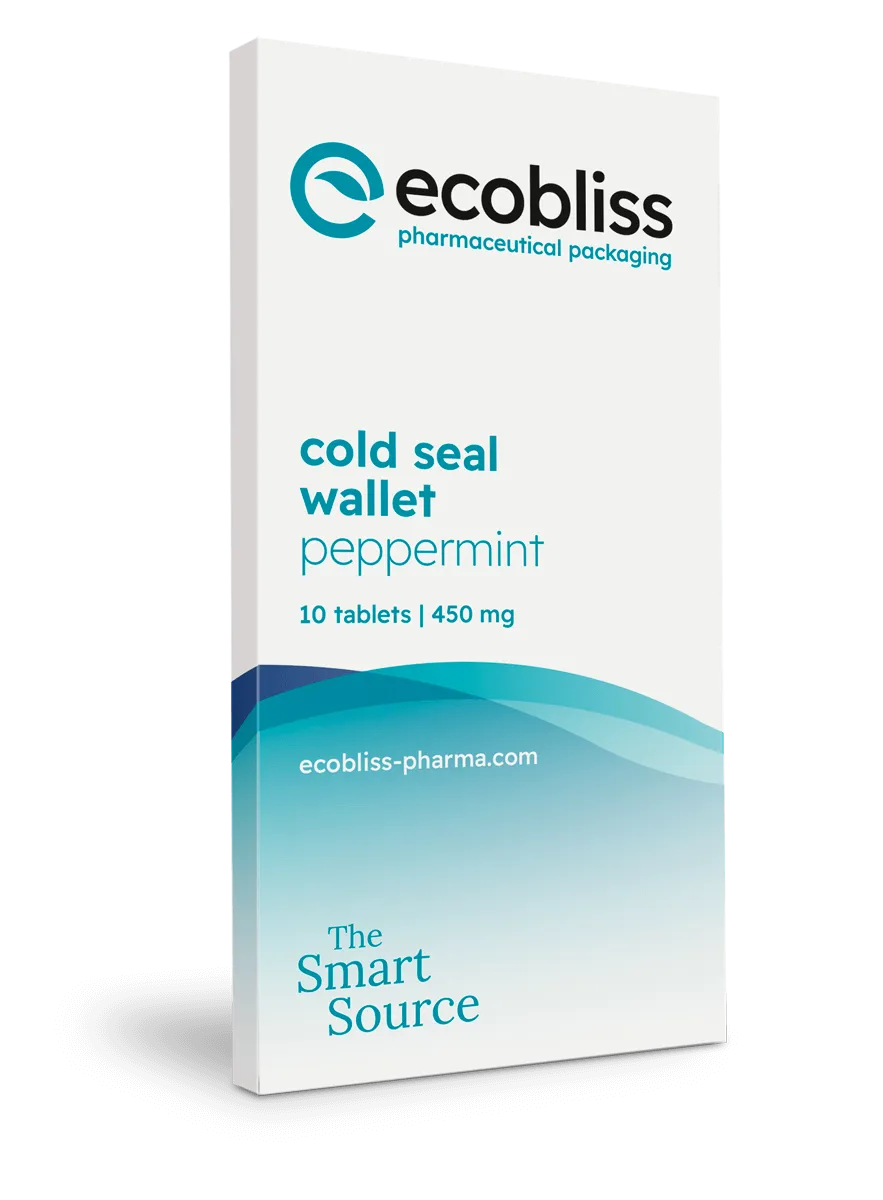In the pharmaceutical industry, packaging plays an important role in ensuring the safety, integrity, and compliance of products. One key aspect of this process is co-packing, a term often intertwined yet distinct from co-manufacturing. But, what is co-packing? In this article we will tell you all about co-packing, including its nuances, its importance in pharmaceuticals, and how it differs from co-manufacturing.
Co-packing definition
Co-packing, or co-packaging, refers to the process of assembling a product into its final packaged form. This process is crucial for pharmaceuticals, as it involves not only placing the product into its container (like a blister pack) but also ensuring that the packaging meets strict industry standards for safety and compliance. Co packing often involves the use of various packaging solutions, such as blister packs, capsule sizes, and compliance packaging, to ensure product integrity and patient safety.
Expanding beyond pharmaceuticals, co-packing serves industries like food and beverage, cosmetics, and consumer goods. For instance:
- Food and beverage: Co-packers enable companies to bottle, label, and package drinks or processed foods while ensuring regulatory compliance and quality.
- Cosmetics: Specialized packaging enhances the aesthetic appeal and marketability of cosmetic products.
- Consumer goods: Efficient co-packing solutions help companies meet seasonal demand spikes or scale product lines without the need for costly infrastructure.
Co packing vs. co manufacturing: Understanding the difference
While co-packing focuses on the final steps of assembling and packaging a product, co-manufacturing encompasses the entire production process, including formulation and packaging. For instance, in co-manufacturing, multiple parties may collaborate to produce a pharmaceutical product, such as formulating tablets, softgels, or capsules, before packaging them. Co-packing, on the other hand, strictly handles the final assembly and ensures compliance with packaging standards. This distinction is vital when considering a strategic partnership, as companies need to align their specific needs with the services provided by their chosen partner.
The importance of co-packaging in pharmaceuticals
Copacking is more than assembling products into their retail-ready form; it represents a critical step in maintaining brand integrity, regulatory compliance, and product safety. In pharmaceuticals, blister packaging machines ensure dose accuracy, tamper evidence, and product freshness. Similarly, in food and beverage, co-packers use advanced sealing machines to preserve quality and extend shelf life.
Key benefits of co-packing include:
- Cost efficiency: By outsourcing packaging needs, companies eliminate investments in specialized equipment, facilities, and workforce.
- Scalability: Co-packers allow businesses to scale operations seamlessly, handling seasonal spikes or large orders without disruption.
- Time savings: Delegating packaging responsibilities frees companies to focus on product innovation, marketing, and customer engagement.
- Regulatory compliance: Co-packers bring expertise in meeting industry-specific regulatory requirements, ensuring high standards in safety and quality.
Innovative packaging solutions in co packing
Advancements in technology have revolutionized co-packaging, enabling eco-friendly and customer-centric solutions. Notable innovations are for example eco-friendly packaging. Recyclable plastics and biodegradable materials help brands align with sustainability goals. Another example is child-resistant designs. Solutions like Locked4Kids ensure safety and compliance with regulatory standards. Lastly, automation is a good example of a notable innovation. Blister packaging machines and automatic sealing equipment increase precision and efficiency, reducing errors and ensuring consistency. By leveraging these technologies, co-packers not only streamline packaging processes but also enhance product appeal and functionality
Addressing challenges in co-packing
While co-packing presents numerous advantages, companies may also face challenges, such as:
- Communication breakdowns: Effective collaboration requires clear and consistent communication to ensure timelines and specifications are met.
- Limited scalability: Some co-packers may lack the capacity to support a rapidly growing business. Vet partners thoroughly to ensure alignment with future goals.
- Regulatory complexity: Navigating compliance requirements can be daunting; selecting a co-packer with proven expertise mitigates this risk.
By proactively addressing these challenges, businesses can maximize the benefits of co-packing while maintaining seamless operations.
Selecting the right co-packer
Choosing the right co-packing partner is critical for ensuring a successful collaboration. When evaluating co-packers, consider the following factors:
- Scalability and flexibility: Look for a partner capable of adapting to your evolving needs, whether it’s scaling production or handling diverse product lines.
- Certifications and compliance: Ensure the co-packer meets regulatory standards (e.g., GMP, ISO certifications) and possesses relevant industry expertise.
- Quality assurance: Verify the partner's quality control measures to maintain product integrity and consumer trust.
- Technological capabilities: Choose a co-packer equipped with state-of-the-art machinery and innovative solutions tailored to your product requirements.
For pharmaceutical companies seeking precision and reliability, Ecobliss’ GMP-certified rooms and tailored solutions offer a trusted partnership to meet your unique needs. Whether you’re scaling operations or enhancing compliance, co-packing with Ecobliss ensures your brand thrives in a competitive market.
Request a free sample now!










